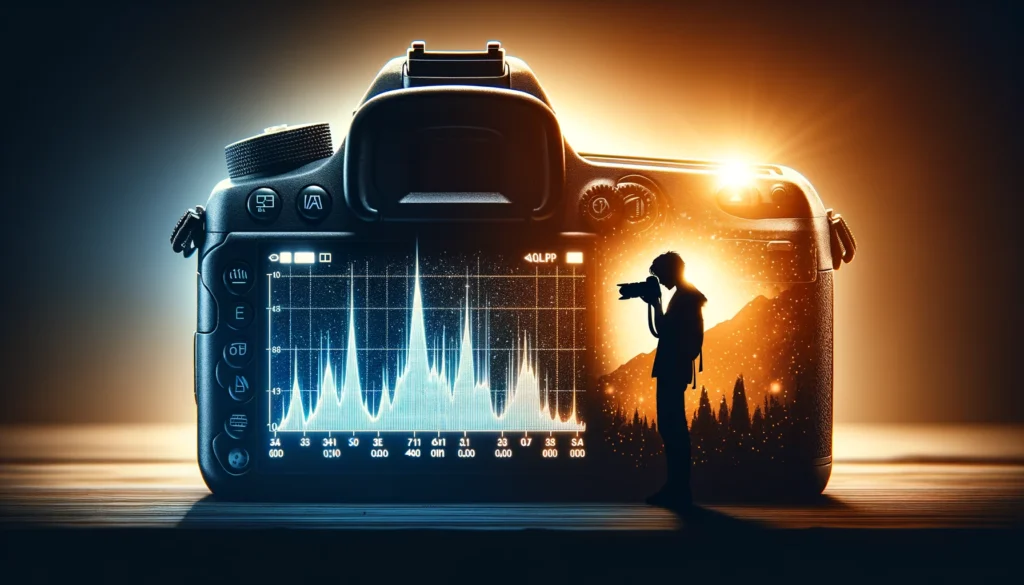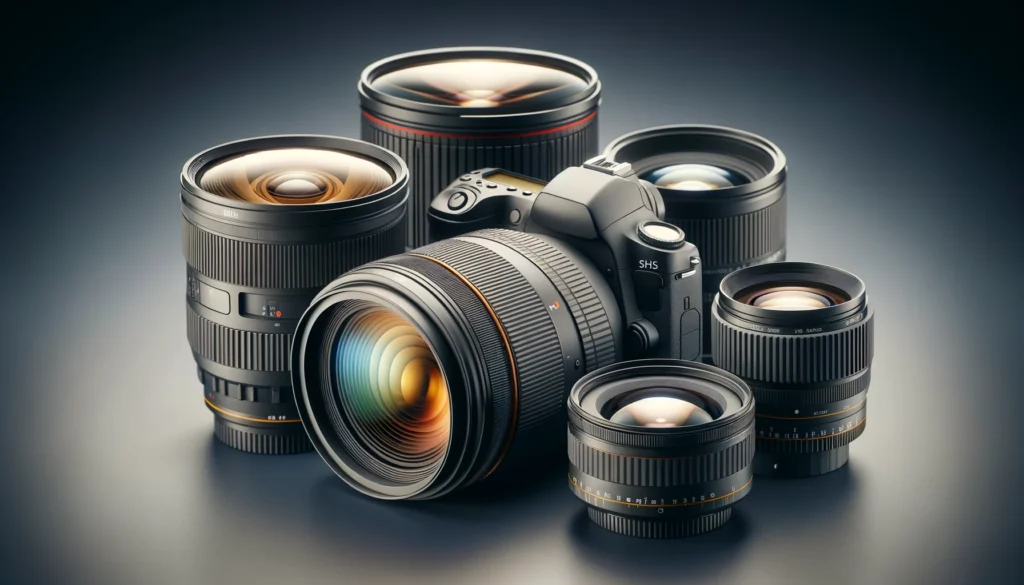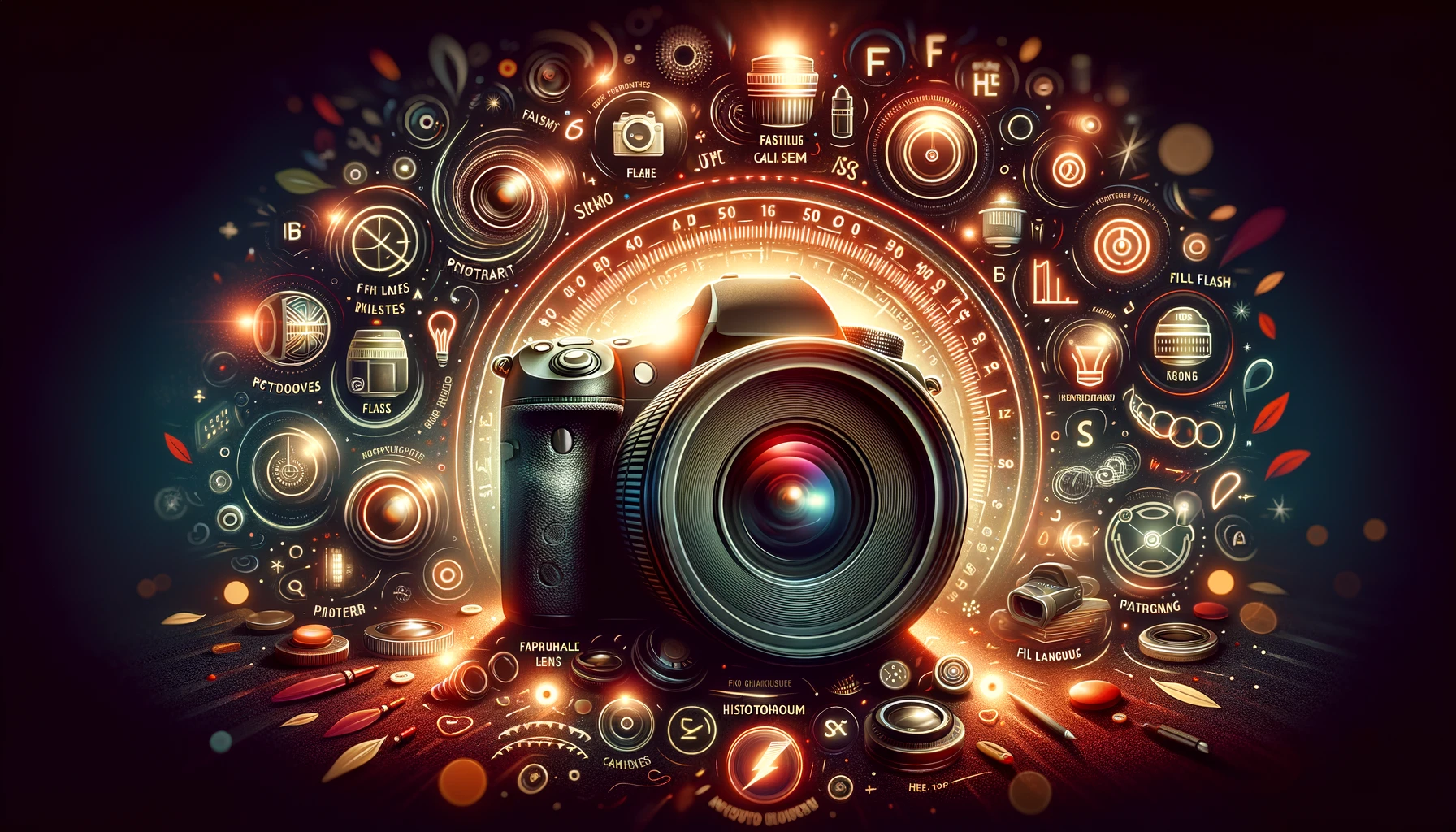Table of Contents
Welcome to our comprehensive journey through the alphabet of DSLR photography, where we decode the essential terms and techniques from “F” and “G” to “H” and “I”. This guide is meticulously crafted for both budding photographers eager to understand their craft and seasoned shutterbugs looking to refresh their knowledge. Let’s dive into the fascinating world of DSLR photography, exploring each concept in detail.
F and G – Foundations of DSLR Photography

Faithful Picture Style
- Essence – Faithful Picture Style aims to reproduce colors as accurately as possible, mimicking what the human eye perceives, ideal for capturing natural scenes.
Fill Flash
- Technique – Fill flash is crucial in balancing the lighting between your subject and a brightly lit background, ensuring both are adequately exposed.
Flare and Ghosting
- Challenges – Flare and ghosting are unwanted artifacts caused by stray light entering the lens, often addressed with lens hoods or changing the camera’s angle.
Focal Length
- Perspective Control – Focal length affects how much of the scene is captured and influences the perspective, playing a pivotal role in the composition.
Focus – The Crux of Clarity
- Precision – Achieving sharp focus is paramount, as it determines the clarity and detail of your subject within the depth of field.
Framing
- Art of Composition – Framing involves using the viewfinder to compose your shot thoughtfully, enhancing its visual appeal and meaning.
Front Light and Backlight
- Lighting Dynamics – Understanding the direction of light relative to your subject can dramatically affect the mood and appearance of your photos.
Guide Number
- Flash Power – The guide number helps photographers calculate the effective flash range, ensuring subjects are well-lit without overpowering natural lighting.
H and I – Honing Your Skills

HD and HDMI
- Tech Specs – High Definition (HD) and High Definition Multimedia Interface (HDMI) are essential for capturing and displaying high-quality video content.
Highlight and Shadow Detail Loss
- Exposure Balance – Managing exposure to prevent loss of detail in highlights and shadows is crucial for maintaining image fidelity.
Histogram – The Exposure Compass
- Tool for Perfect Exposure – Learning to read the histogram allows photographers to adjust exposure settings accurately, ensuring well-balanced images.
Lens Hood
- Protection and Quality – A lens hood not only protects the lens from physical damage but also minimizes lens flare and ghosting.
Image Browser Program
- Digital Darkroom – This software is invaluable for viewing, organizing, and selecting your best shots for post-processing.
Image File Formats
- JPEG vs. RAW – Choosing between JPEG and RAW formats affects your post-processing flexibility and image quality.
Imaging Processor
- Behind-the-Scenes Magic – The imaging processor fine-tunes image quality before saving, affecting contrast, color, and sharpness.
Imaging Sensor Sizes
- Quality and Performance – Sensor size impacts image quality, depth of field, and performance in various lighting conditions.
Interchangeable Lenses
- Creative Freedom – The ability to switch lenses based on the shooting scenario opens up a world of creative possibilities.
ISO Speed
- Light Sensitivity – ISO speed determines the camera sensor’s sensitivity to light, balancing exposure in diverse lighting conditions.
FAQs
How do I choose the right focal length for my DSLR photography?
Consider your subject and desired perspective. Wide angles are great for landscapes, while telephoto lenses are ideal for distant subjects.
When should I use fill flash?
Use fill flash in backlit situations or to illuminate shadows, particularly on sunny days or when the background is much brighter than your subject.
How can I prevent highlight and shadow detail loss in my photos?
Pay attention to your camera’s histogram and use exposure compensation to adjust the exposure as needed.
What’s the advantage of shooting in RAW format?
RAW files provide greater post-processing flexibility, allowing you to adjust exposure, white balance, and other settings without losing image quality.
Conclusion
Understanding the alphabet of DSLR photography from “F” to “I” empowers photographers to harness their cameras’ full potential. From mastering fill flash to optimizing ISO speeds, each term represents a stepping stone toward capturing breathtaking images. Embrace these concepts, experiment with your camera, and watch as your photographic vision comes to life. Remember, the journey through DSLR photography is a continuous learning experience, full of opportunities to refine your skills and express your creative vision.

